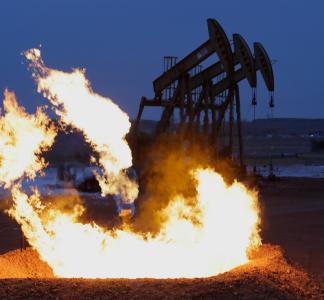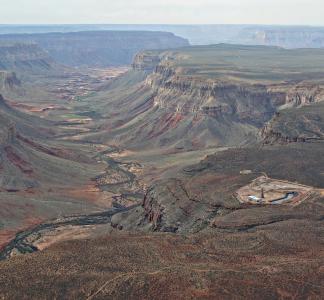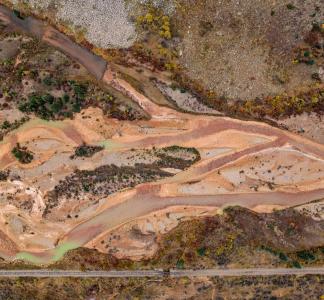Demand for minerals is racing ahead of antiquated mining regulations

Kayaker in the Animas River after the Gold King Mine accident in Colorado.
Steve Fassbinder
Sustainable energy development necessitates reform
It is important for all our futures that the country ends its reliance on fossil fuels and fully transitions to clean energy, but doing so will require developing and building new technology, like reusable batteries and solar panels. Here’s the problem: these pieces of technology require massive amounts of copper, lithium and nickel—minerals that can only be acquired through hardrock mining.
Largely unregulated industry poses serious health risks
Hardrock mining presents serious risks to our shared lands, waters, wildlife and the human communities that rely upon them. These risks can be attributed to severely outdated mining laws and regulations: the General Mining Act of 1872 was written when the mining industry was still comprised of people with pickaxes sticking a post of their claim in the ground. The law is overly broad, covering “Mining-claims upon veins or lodes of quartz or other rock in place bearing gold, silver, cinnabar, lead, tin, copper, or other valuable deposits,” meaning that there are very few restrictions on what can be mined under the law.
When these laws were created, lawmakers could not foresee how serious the long-standing impacts of mining would be on the landscape and the health of the surrounding communities. Hardrock mining can leave waterways tainted by toxic chemicals; land dug up and stripped of vegetation; and wildlife disturbed by air and noise pollution. In Montana, waterways running through the Gross Ventre and Assiniboine Tribes are contaminated by acid mine drainage from open-pit, cyanide heap-leach mining in the Little Rocky Mountains. The mine operators declared bankruptcy in 1998, leaving taxpayers responsible for the costs of cleaning up this site.
Even after mines close, they can continue polluting the surrounding area for generations—as many as 40% of western headwaters and 50% of U.S. lakes are estimated to be contaminated by pollution from abandoned hardrock mines. In some cases, these lingering effects can cause serious illness and death.
Legal reform desperately needed
While mining on public lands must adhere to other environmental laws like the National Environmental Policy Act and Clean Water Act, these safeguards are often inadequate to prevent harm due to the permissive nature of the mining laws as well as resource and staff shortfalls at federal agencies. In effect, mining companies are left unaccountable for their pollution.
To make matters worse, taxpayers and local communities do not receive direct economic benefits from mining on public lands because the minerals are not subject to federal royalties. Companies are thus able to exploit the land dirt cheap and reap all the benefits without reporting their profits from activities on federal lands, making it even harder to estimate how much money the federal government is losing to international mining companies. While local communities may benefit from increased jobs, they are losing out on the direct economic benefits that other industries provide.
Reforming our mining laws is a test of what kind of legacy we choose to leave. We can protect the freedom of communities to guide the future of our public lands, defend the conservation of the wild places that sustain us and ensure that the shift to clean energy strengthens, not sacrifices, the world we pass on to future generations.
As we build the clean energy future our planet urgently needs, we must do it responsibly—not by repeating the mistakes of the past, but by ensuring that progress strengthens both our public lands and waters and the communities who depend on them.



